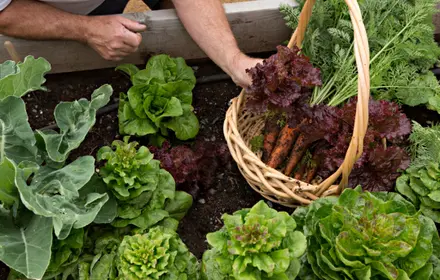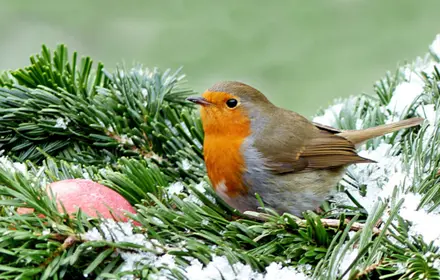Harvesting Late-Season Vegetables

As autumn progresses, your garden is likely brimming with late-season vegetables like pumpkins, squash, and root vegetables. Now is the perfect time to gather these remaining crops before the first frost arrives. A little preparation now will ensure you can enjoy fresh, homegrown produce throughout the winter months.
The Importance of Harvest Timing
Timing is everything when it comes to harvesting your late-season vegetables. As the nights grow colder, frost can damage tender crops and affect the flavour and quality of your harvest. The key is to gather your vegetables before the first hard frost, typically around early to mid-October in many regions of Canada. Keep a close eye on the weather forecast and be ready to act as soon as frost warnings appear.
Pumpkins and squash, for example, should be harvested when their rinds are hard and their stems have started to dry out. Root vegetables like carrots, beets, and parsnips can handle light frost, but they should be lifted from the ground before temperatures drop too low. Leaving them in the soil for too long can lead to rot or freezing.
Proper Storage for Winter Enjoyment
Once you've harvested your vegetables, proper storage is essential to keep them fresh for the months ahead. Different vegetables have different storage needs, so it's important to handle each crop appropriately.
- Pumpkins and squash: After harvesting, allow your pumpkins and squash to cure in a warm, dry place for about 10 days. This helps to harden their skins and extends their shelf life. Once cured, store them in a cool, dark, and well-ventilated area, such as a basement or garage. They can last for several months if stored correctly.
- Root vegetables: Carrots, beets, and parsnips can be stored in a root cellar or a cool, dark space. Remove the leafy tops and pack the roots in damp sand or sawdust to prevent them from drying out. This method keeps them fresh for weeks or even months.
- Leafy greens and herbs: For more delicate crops like kale or parsley, freezing is a great option. Simply wash and chop the leaves, then store them in airtight containers or freezer bags. This way, you can enjoy their fresh flavour in soups, stews, and other dishes all winter long.
Tips for Maximizing Your Harvest
To make the most of your late-season vegetables, consider these tips:
- Check your garden daily: Keep an eye on your vegetables as the season winds down. A daily inspection helps ensure you don’t miss any crops that are ready for harvest or signs of frost damage.
- Preserve extra produce: If your harvest is particularly abundant, consider preserving some of it for later use. Canning, pickling, and dehydrating are all excellent methods for extending the life of your produce.
- Plan ahead: As you gather your crops, take note of which varieties performed well in your garden. This information will help you make informed choices when planning next year’s garden.
By harvesting your late-season vegetables and storing them properly, you can enjoy the fruits (and vegetables) of your labour long after the gardening season has ended. It’s a rewarding way to savour the taste of summer throughout the chilly winter months.



